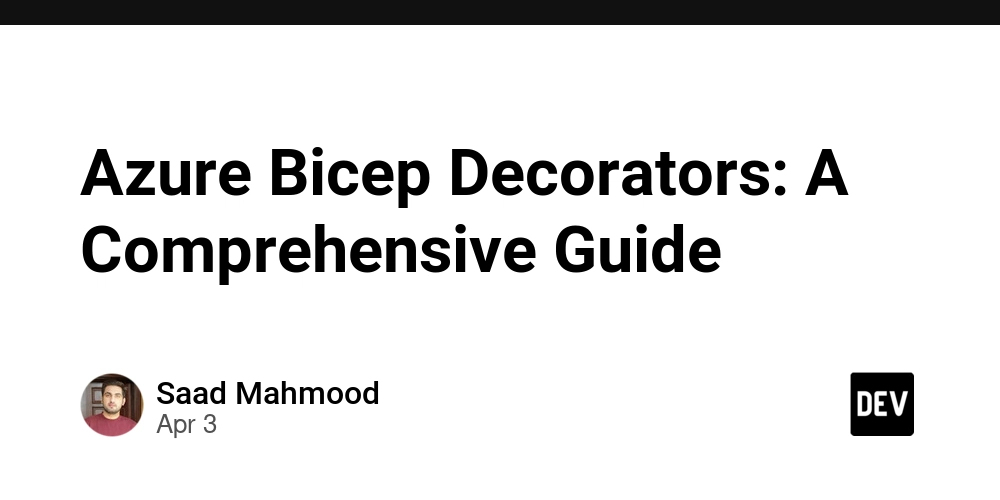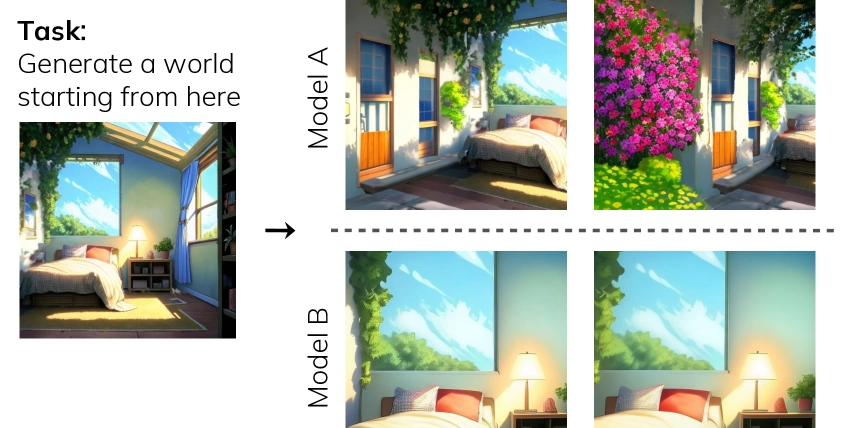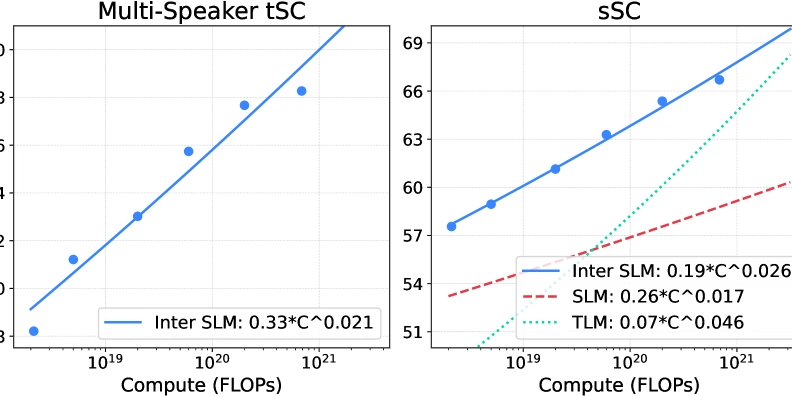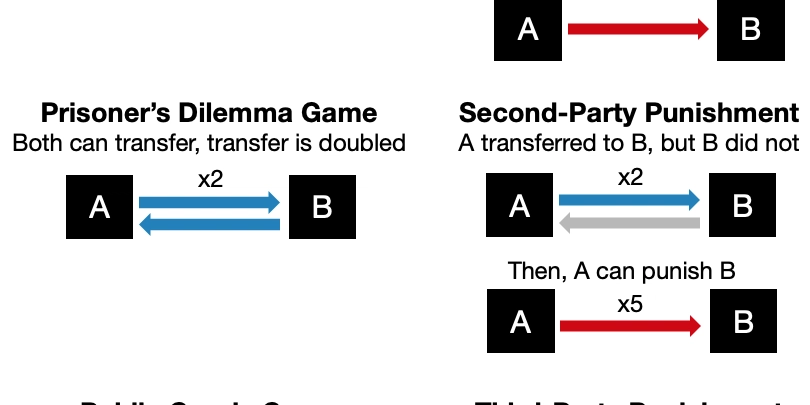Azure Bicep Decorators: A Comprehensive Guide
Azure Bicep, the next-generation declarative language for Azure Resource Manager (ARM) templates, is designed to simplify resource deployment. One of its powerful features is decorators. This blog post will provide a deep dive into decorators in Azure Bicep, including examples and best practices. What are Decorators in Azure Bicep? Decorators, also known as annotations, are a way of attaching metadata to code elements such as variables, parameters, or resources. They provide a method to add extra behavior or alter the functionality of these elements without changing their definitions. Using Decorators in Azure Bicep Decorators in Azure Bicep are prefixed with the @ symbol and can be placed above the element they are decorating. For example: @description('The location of the resources.') param location string In this example, the @description decorator is used to provide a description for the location parameter. Built-In Decorators Azure Bicep provides several built-in decorators, including: @description: Allows you to add a description to parameters, variables, resources, outputs, and modules. @allowed: Restricts the values that can be passed to parameters. @secure: Hides the values of parameters in logs and Bicep CLI outputs. @metadata: Attaches a metadata object to parameters. Examples of Using Decorators Here are some examples of using decorators in Azure Bicep: Using @description @description('The location of the resources.') param location string Using @allowed @allowed([ 'westus' 'eastus' ]) param location string Using @secure @secure() param adminPassword string Using @metadata @metadata({ displayName: 'Location' description: 'The location of the resources.' }) param location string Best Practices for Using Decorators Here are some best practices for using decorators in Azure Bicep: Use Descriptive Names: Use decorators to provide meaningful descriptions and metadata to your code elements. This makes your code more readable and maintainable. Restrict Parameter Values: Use the @allowed decorator to restrict the values that can be passed to parameters. This can prevent errors and make your code more secure. Secure Sensitive Data: Use the @secure decorator for parameters that contain sensitive data such as passwords or API keys. This can prevent sensitive data from being exposed in logs or Bicep CLI outputs. Use Metadata Wisely: Use the @metadata decorator to attach useful metadata to your parameters. However, be careful not to overload your parameters with unnecessary metadata. Decorators in Azure Bicep are a powerful feature that can make your code more readable, maintainable, and secure. By following best practices, you can leverage decorators to write better Azure Bicep code.

Azure Bicep, the next-generation declarative language for Azure Resource Manager (ARM) templates, is designed to simplify resource deployment. One of its powerful features is decorators. This blog post will provide a deep dive into decorators in Azure Bicep, including examples and best practices.
What are Decorators in Azure Bicep?
Decorators, also known as annotations, are a way of attaching metadata to code elements such as variables, parameters, or resources. They provide a method to add extra behavior or alter the functionality of these elements without changing their definitions.
Using Decorators in Azure Bicep
Decorators in Azure Bicep are prefixed with the @ symbol and can be placed above the element they are decorating. For example:
@description('The location of the resources.')
param location string
In this example, the @description decorator is used to provide a description for the location parameter.
Built-In Decorators
Azure Bicep provides several built-in decorators, including:
@description: Allows you to add a description to parameters, variables, resources, outputs, and modules.
@allowed: Restricts the values that can be passed to parameters.
@secure: Hides the values of parameters in logs and Bicep CLI outputs.
@metadata: Attaches a metadata object to parameters.
Examples of Using Decorators
Here are some examples of using decorators in Azure Bicep:
Using @description
@description('The location of the resources.')
param location string
Using @allowed
@allowed([
'westus'
'eastus'
])
param location string
Using @secure
@secure()
param adminPassword string
Using @metadata
@metadata({
displayName: 'Location'
description: 'The location of the resources.'
})
param location string
Best Practices for Using Decorators
Here are some best practices for using decorators in Azure Bicep:
Use Descriptive Names: Use decorators to provide meaningful descriptions and metadata to your code elements. This makes your code more readable and maintainable.
Restrict Parameter Values: Use the @allowed decorator to restrict the values that can be passed to parameters. This can prevent errors and make your code more secure.
Secure Sensitive Data: Use the @secure decorator for parameters that contain sensitive data such as passwords or API keys. This can prevent sensitive data from being exposed in logs or Bicep CLI outputs.
Use Metadata Wisely: Use the @metadata decorator to attach useful metadata to your parameters. However, be careful not to overload your parameters with unnecessary metadata.
Decorators in Azure Bicep are a powerful feature that can make your code more readable, maintainable, and secure. By following best practices, you can leverage decorators to write better Azure Bicep code.



































































![YouTube Announces New Creation Tools for Shorts [Video]](https://www.iclarified.com/images/news/96923/96923/96923-640.jpg)
![Apple Faces New Tariffs but Has Options to Soften the Blow [Kuo]](https://www.iclarified.com/images/news/96921/96921/96921-640.jpg)






































































































.webp?#)












































































![[The AI Show Episode 142]: ChatGPT’s New Image Generator, Studio Ghibli Craze and Backlash, Gemini 2.5, OpenAI Academy, 4o Updates, Vibe Marketing & xAI Acquires X](https://www.marketingaiinstitute.com/hubfs/ep%20142%20cover.png)



































































































































































































































